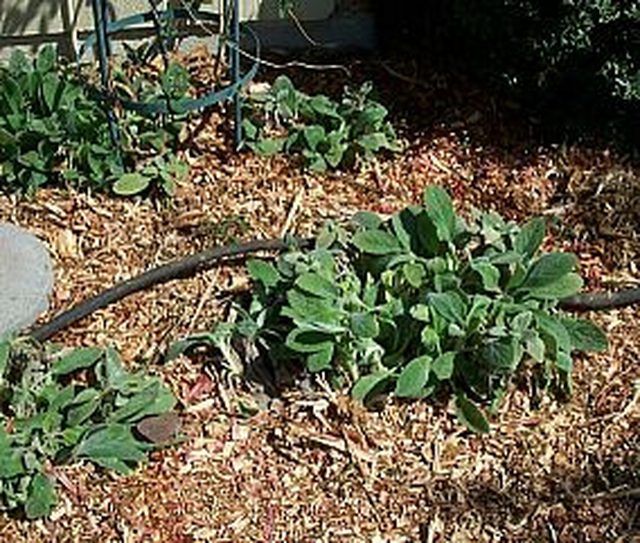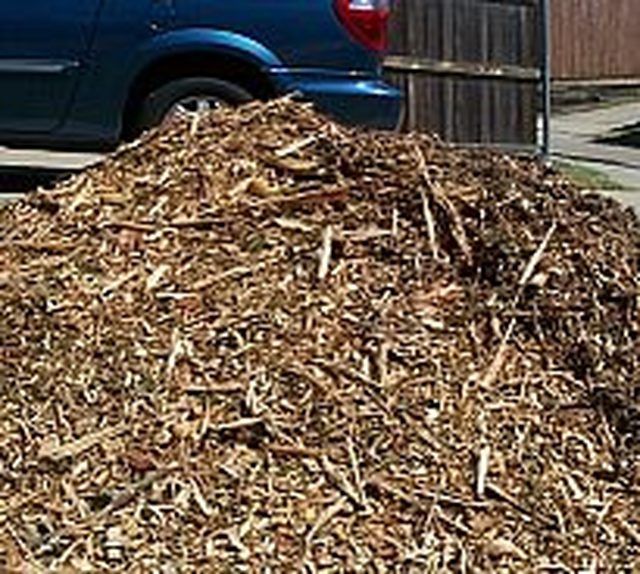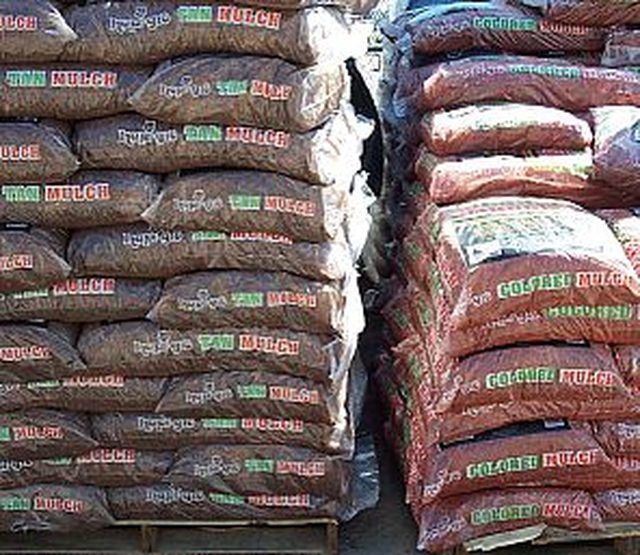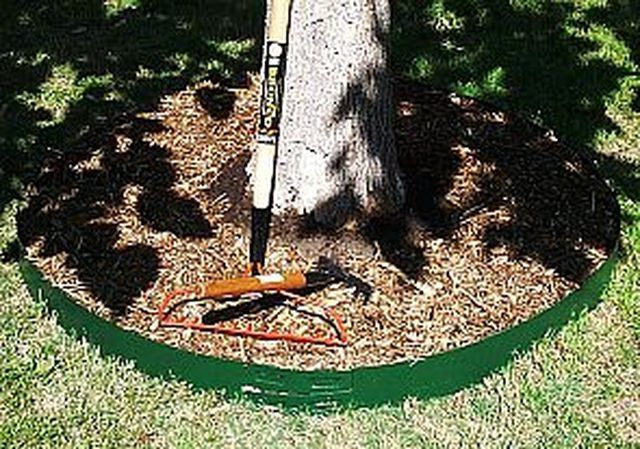Bulbs
Flower Basics
Flower Beds & Specialty Gardens
Flower Garden
Garden Furniture
Garden Gnomes
Garden Seeds
Garden Sheds
Garden Statues
Garden Tools & Supplies
Gardening Basics
Green & Organic
Groundcovers & Vines
Growing Annuals
Growing Basil
Growing Beans
Growing Berries
Growing Blueberries
Growing Cactus
Growing Corn
Growing Cotton
Growing Edibles
Growing Flowers
Growing Garlic
Growing Grapes
Growing Grass
Growing Herbs
Growing Jasmine
Growing Mint
Growing Mushrooms
Orchids
Growing Peanuts
Growing Perennials
Growing Plants
Growing Rosemary
Growing Roses
Growing Strawberries
Growing Sunflowers
Growing Thyme
Growing Tomatoes
Growing Tulips
Growing Vegetables
Herb Basics
Herb Garden
Indoor Growing
Landscaping Basics
Landscaping Patios
Landscaping Plants
Landscaping Shrubs
Landscaping Trees
Landscaping Walks & Pathways
Lawn Basics
Lawn Maintenance
Lawn Mowers
Lawn Ornaments
Lawn Planting
Lawn Tools
Outdoor Growing
Overall Landscape Planning
Pests, Weeds & Problems
Plant Basics
Rock Garden
Rose Garden
Shrubs
Soil
Specialty Gardens
Trees
Vegetable Garden
Yard Maintenance
How to Apply Mulch to Landscape Beds, Shrubs, and Trees
How to Apply Mulch to Landscape Beds, Shrubs, and Trees. Mulching around your plants will help maintain soil warmth in the winter and coolness in the summer. It can also increase moisture retention, prevent weeds from growing, and possibly keep grass out of your landscape beds. Mulching is a great asset to the home gardener and very easy to do....

Mulching around your plants will help maintain soil warmth in the winter and coolness in the summer. It can also increase moisture retention, prevent weeds from growing, and possibly keep grass out of your landscape beds. Mulching is a great asset to the home gardener and very easy to do. The hardest part is choosing between all the choices of mulch types and colors now available.
Things You'll Need
Mulch
Rake
Wheelbarrow
Optional: Gloves
First you need to decide what type of mulch you want to use and where you plan to get it. The best mulches will be organic. Wood chippings, shreds, or bark are the most popular because they look good and enrich the soil as they decompose. Some people like rocks for mulch and weed control, but in areas where it can get really hot, the heat from the rocks may burn or damage plants. So keep that in mind if you are planting something other than a cactus garden. You can buy both wood and rock mulches in bags at local landscape nurseries or hoe improvement stores. If you need a lot of mulch, you may also be able to get mulch by the truckload from landscapers or tree cutters.

Now that you have your mulch, you may want to use a wheelbarrow to move large amounts to your beds. You need to get it to your landscape areas so it can be spread around your trees, shrubs, or other plants. It is easiest to apply the mulch inside of edging to keep it in place because even the "no float" variety moves in the wind and when walked on by animals or people. The mulch should be 2-4 inches thick. The thicker the better it will help retain moisture and keep ground at an even temperature. However, if it is too thick it can prevent the roots from growing properly.

Use a steel bow or tine rake (not a lightweight leave rake) to spread the mulch into the bed or edged area. If you are spreading mulch around a tree, do not go all the way to the tree trunk. If you need to work it around plants tightly placed in the bed, you may want to use a small hand-held rake or garden fork so you do not have to touch the mulch. If you prefer to use your hands, be sure to wear thick gardener's gloves to reduce the chances of getting a splinter.

Tips & Warnings
The last time I visited the famous Tyler Rose Garden, I noticed they mulched around their bushes with Pine Needles. I know Pine Needles are good mulch for Azaleas because they like the acidity produced as they decompose. If you don't have a Pine tree you can collect the fallen needles from, see if a neighbor will let you rake theirs or call your local parks department and see if they will allow you to collect some from the parks. Often this clean-up project is viewed as a community service and it gets you free mulch too.
If you need a lot of mulch, check your phonebook for local tree services. Many will chip up a tree when they cut it down so they make fewer trips to dispose of the cut down trees. Some will sell truckloads of mulch and others may give it away. Either way, It usually work out cheaper than buying lots of bags would. However, by the truckload doesn't give you an option of what type of wood you get like buying it in bags does. You get whatever was cut down the day they bring it to you.
If you need a tree cut down, see if you can arrange for it to be chipped so you can recycle it into your landscape rather than putting branches in a landfill. If you plan to cut down the tree yourself, check on renting a wood chipper/shredder and be sure to follow the directions for the machine.
I also like to use Pine bark nuggets as mulch in large potted plants. It looks good and keeps me from having to water as much. It also does a pretty good job of preventing weed seeds that blow into the pots from germinating in the great potting soil and stealing the moisture and nutrients form my desirable plants.